10 Simple Exercises To Relieve Tension In Your Shoulders And Neck
In our fast-paced world, stress is a constant companion, often manifesting physically in our bodies. The shoulders and neck are particularly vulnerable areas where tension accumulates, leading to discomfort and, in some cases, chronic pain. This tension can be attributed to various factors such as poor posture, prolonged periods of sitting, and the constant demands of daily life. Understanding how to alleviate this stress is essential for maintaining both physical and mental well-being. This article will delve into 10 effortless moves that promise to melt away stress from your shoulders and neck, providing lasting comfort and improving your quality of life. Each section will explore a unique technique, backed by research and expert insights, to ensure you have a comprehensive toolkit at your disposal. Let us embark on this journey to relaxation and rejuvenation.
1. The Power of Deep Breathing
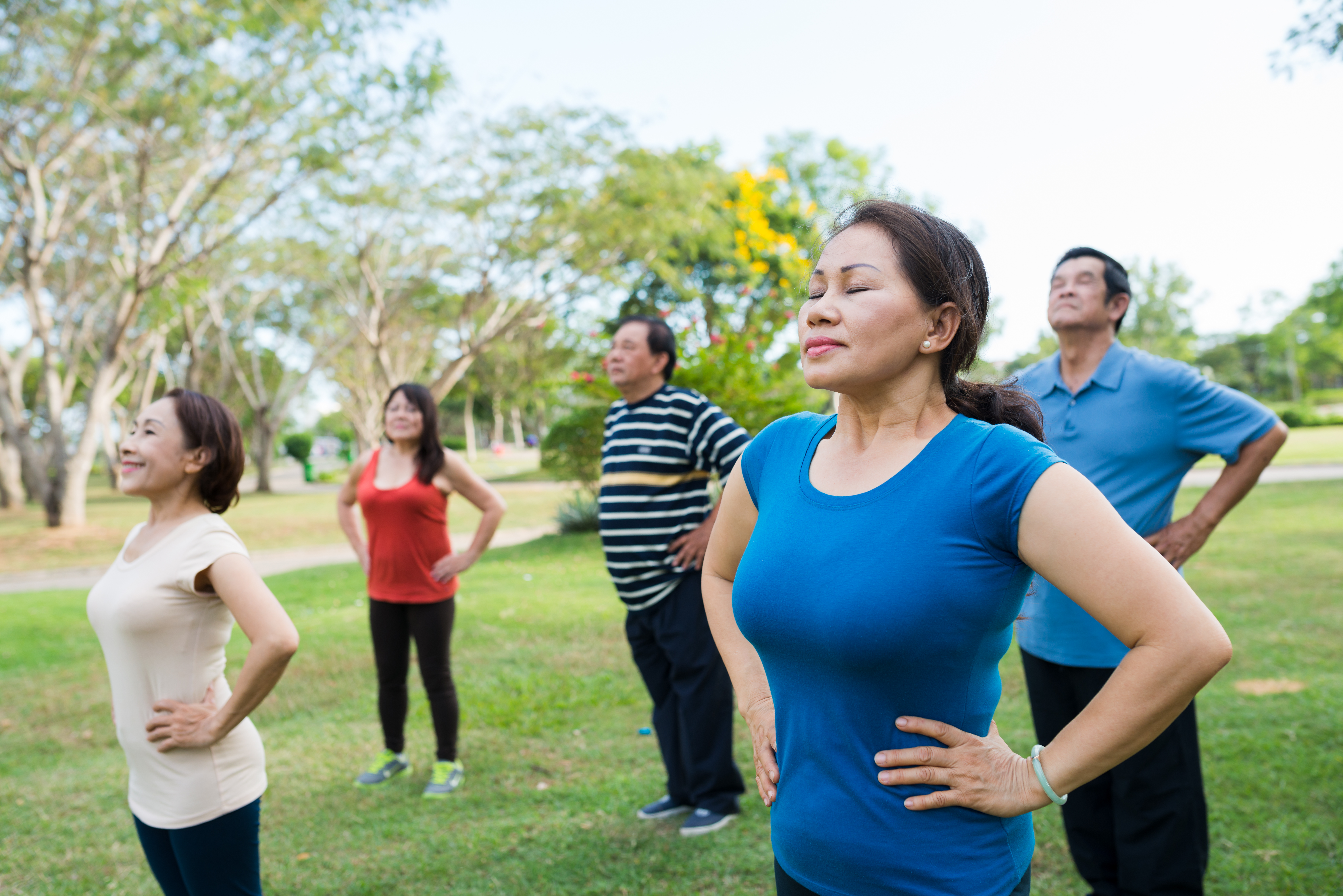
Deep breathing is a simple yet powerful tool for reducing stress and tension in the shoulders and neck. When we are stressed, our breathing becomes shallow, and this can exacerbate muscle tension. By consciously practicing deep breathing techniques, we can activate the body's relaxation response, promoting a sense of calm and easing muscle tension. Research shows that deep breathing increases oxygen flow to the muscles, which helps them relax. To practice, find a quiet space, sit comfortably, and inhale deeply through your nose, allowing your chest and abdomen to expand. Hold your breath for a few seconds, then exhale slowly through your mouth. Repeat this process several times, focusing on each breath. Over time, this practice can become a natural response to stress, helping to prevent tension from building up in the first place.
2. Gentle Neck Stretches

Gentle neck stretches are an effective way to relieve tension and improve flexibility in the neck area. These stretches can be performed almost anywhere and require no special equipment. Begin by sitting or standing up straight, ensuring your shoulders are relaxed. Slowly tilt your head to one side, bringing your ear toward your shoulder, and hold the position for a few seconds. Repeat on the other side. Next, gently lower your chin to your chest, feeling the stretch along the back of your neck. Hold for a few seconds before returning to the neutral position. Finally, look upward, tilting your head back slightly, and hold. These stretches should be done slowly and without force to avoid injury. Regular practice can help alleviate accumulated stress and prevent future tension.
3. Shoulder Rolls for Instant Relief

Shoulder rolls are another simple yet effective exercise to relieve stress and tension in the shoulders. They help increase blood circulation and promote relaxation in the shoulder muscles. To perform shoulder rolls, sit or stand with your back straight and your arms relaxed by your sides. Slowly lift your shoulders towards your ears, then roll them back and down in a circular motion. Repeat this movement several times, then reverse the direction, rolling your shoulders forward. This exercise can be done at any time of the day, especially after long periods of sitting or working at a desk. Incorporating shoulder rolls into your daily routine can significantly reduce stiffness and discomfort, leaving your shoulders feeling lighter and more relaxed.
4. The Magic of a Warm Compress

Applying a warm compress to the neck and shoulders can work wonders in soothing tense muscles. Heat therapy helps increase blood flow to the affected area, which can reduce pain and promote healing. To create a warm compress, you can use a hot water bottle, a heating pad, or a warm towel. Apply the compress to the tense area for about 15-20 minutes, ensuring it is not too hot to avoid burns. This simple therapy can be especially beneficial after performing stretches or exercises, as it enhances their effects. Regular use of a warm compress can help maintain muscle flexibility and prevent the recurrence of stress-induced tension.
5. Progressive Muscle Relaxation
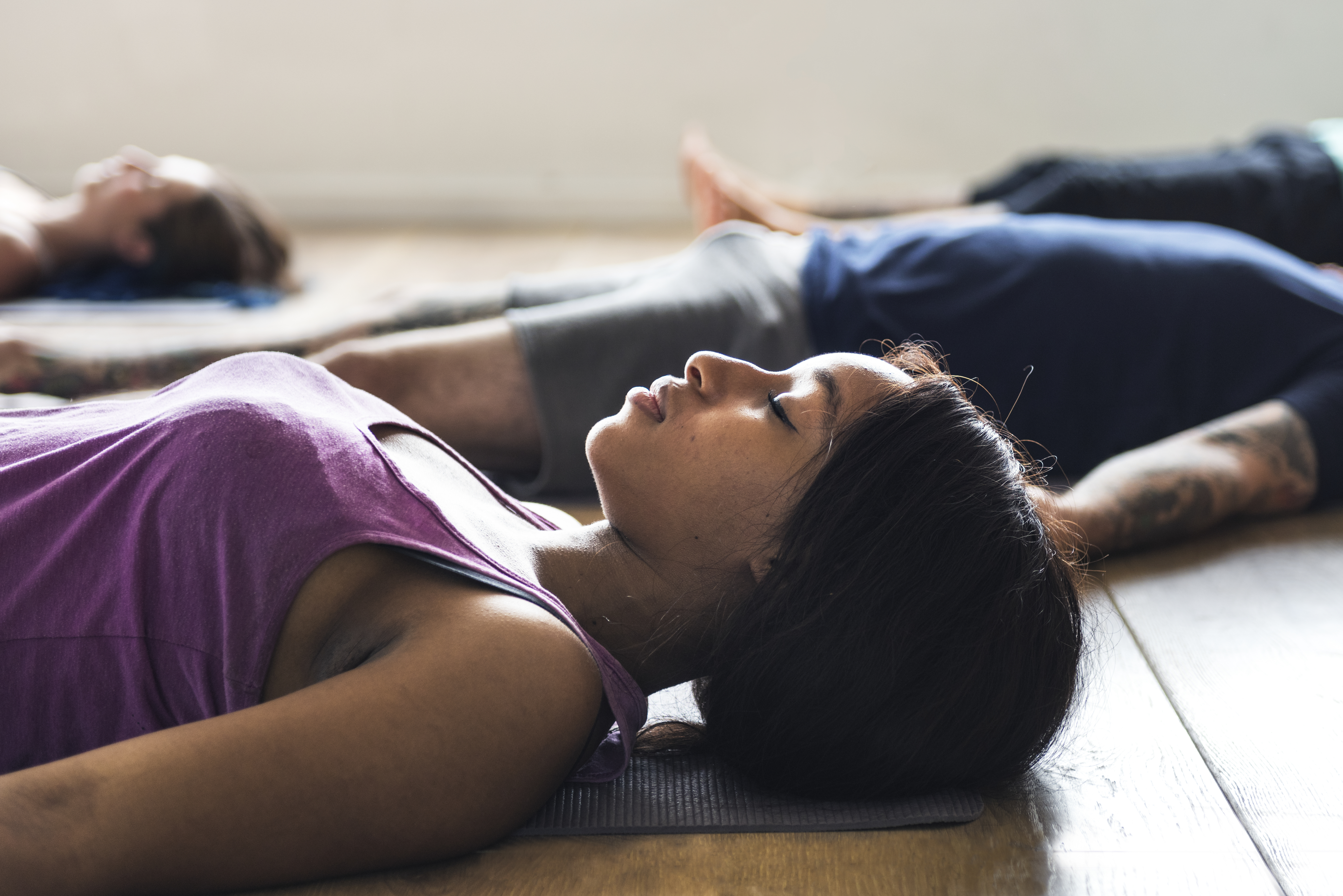
Progressive muscle relaxation (PMR) is a technique that involves tensing and then relaxing different muscle groups in the body. This method helps increase awareness of physical sensations and promotes relaxation. To practice PMR, find a comfortable position and start by tensing the muscles in your toes, holding the tension for a few seconds before releasing. Gradually work your way up the body, focusing on each muscle group, including the shoulders and neck. As you release the tension, visualize stress leaving your body with each breath. PMR can be particularly effective before bedtime, helping to improve sleep quality by reducing overall tension and stress levels.
6. Yoga Poses for Neck and Shoulder Relief
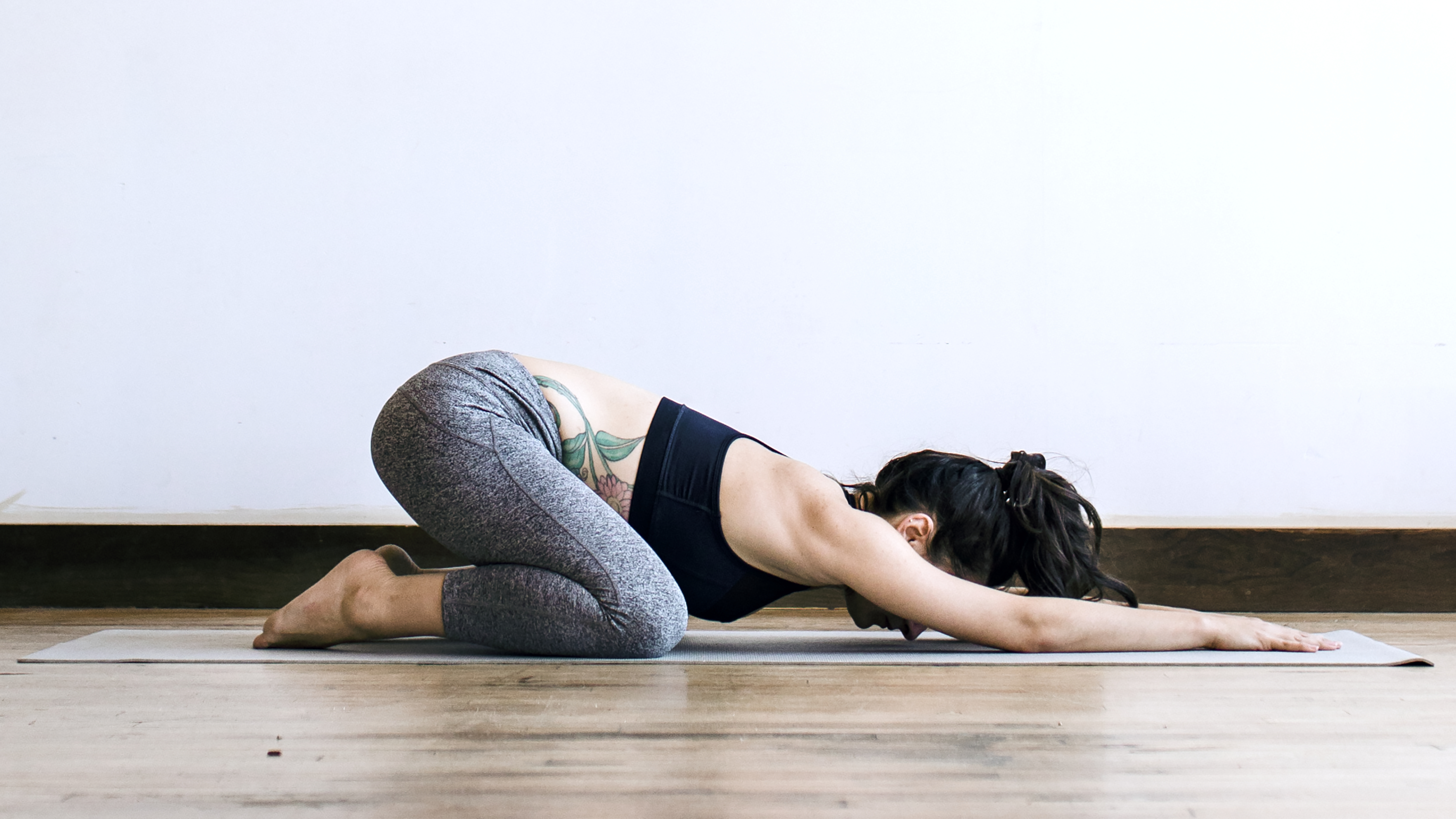
Yoga offers a holistic approach to stress relief, with specific poses targeting the neck and shoulders. Poses such as the Cat-Cow stretch, Child's Pose, and Thread the Needle can help release tension and improve flexibility. The Cat-Cow stretch involves transitioning between arching and rounding the back, which helps loosen the spine and neck muscles. Child's Pose provides a gentle stretch for the shoulders and back, promoting relaxation. Thread the Needle involves threading one arm under the other while in a kneeling position, providing a deep stretch for the shoulder and neck. Practicing these poses regularly can enhance mobility, reduce tension, and promote a sense of calm and well-being.
7. The Benefits of Regular Massage
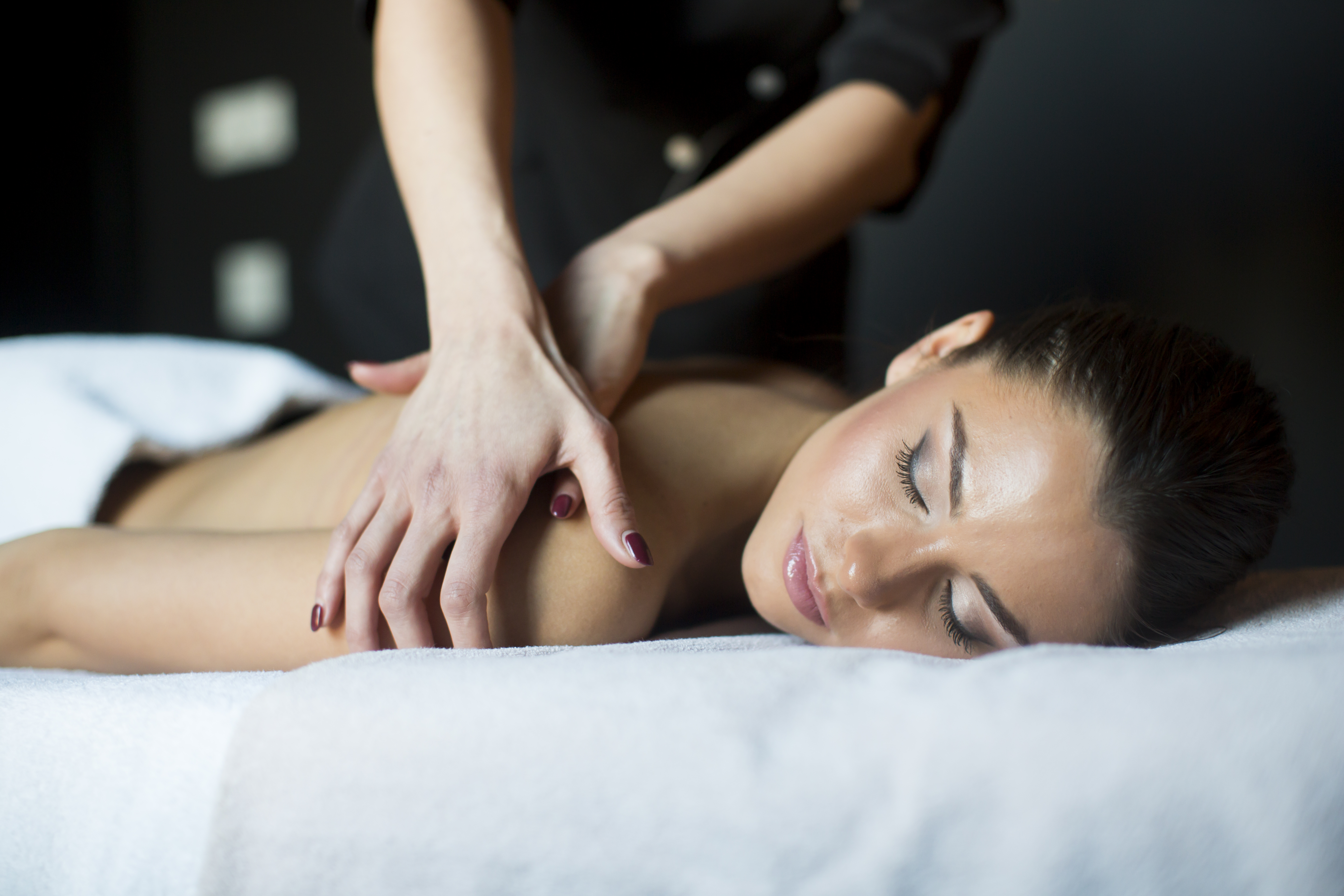
Regular massage therapy can be a powerful tool in managing stress and tension in the neck and shoulders. Massage helps improve circulation, reduce muscle tightness, and promote relaxation. Whether you opt for a professional massage or practice self-massage techniques, the benefits are substantial. For self-massage, use your fingers to apply gentle pressure to the tense areas, working in circular motions. You can also use tools such as massage balls or foam rollers to target specific points. Incorporating regular massage into your routine can help prevent the buildup of tension, leading to long-term relief and enhanced comfort.
8. Maintaining Proper Posture
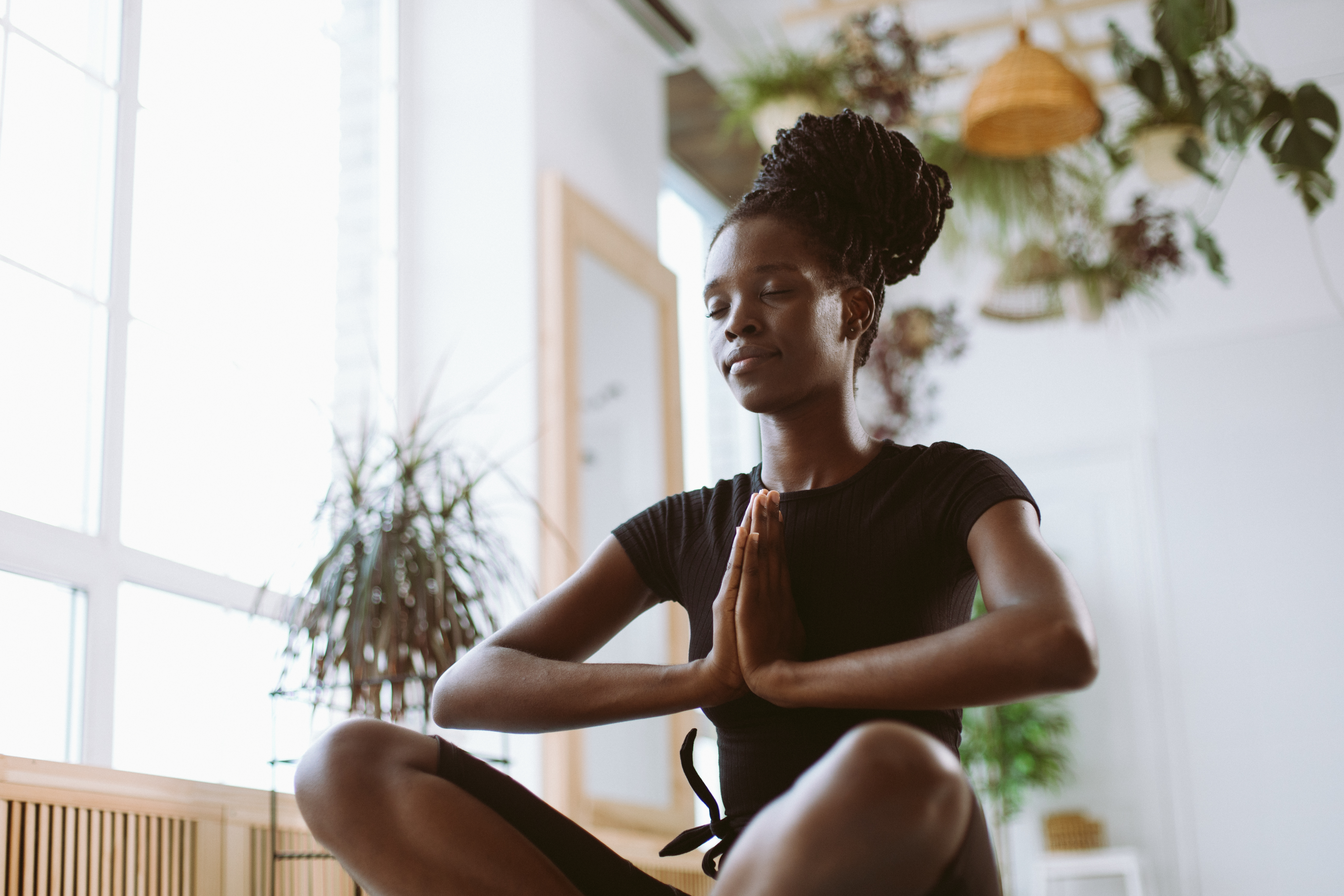
Proper posture is crucial in preventing stress and tension in the neck and shoulders. Poor posture, often resulting from prolonged sitting or using electronic devices, can strain the muscles and lead to discomfort. To maintain good posture, ensure your shoulders are relaxed and not hunched, your back is straight, and your head is aligned with your spine. When sitting, use a chair that supports your lower back and keep your feet flat on the floor. Regularly check your posture throughout the day, especially when working at a desk or using a computer. Making these adjustments can significantly reduce the risk of developing tension-related issues.
9. Hydration and Diet for Muscle Health
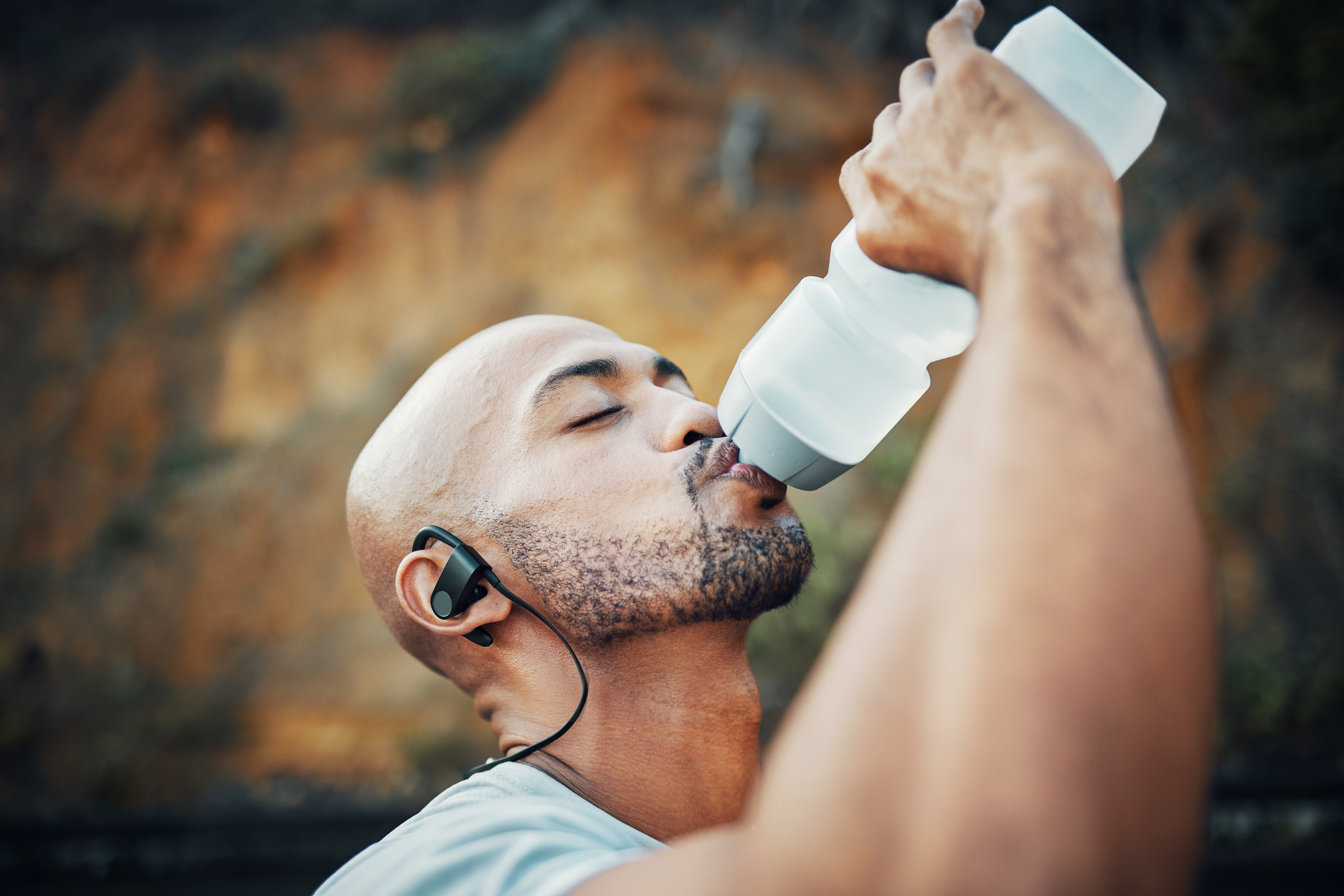
Staying hydrated and maintaining a balanced diet are essential for muscle health and stress management. Dehydration can lead to muscle cramps and increased tension, so it's important to drink sufficient water throughout the day. Additionally, consuming foods rich in magnesium, calcium, and omega-3 fatty acids can support muscle relaxation and reduce inflammation. Leafy greens, nuts, seeds, and fatty fish are excellent choices. Avoid excessive caffeine and sugar, as they can contribute to stress and tension. By nourishing your body with the right nutrients, you can enhance muscle function and resilience, reducing the likelihood of stress-induced tension.
10. Mindfulness and Meditation Practices
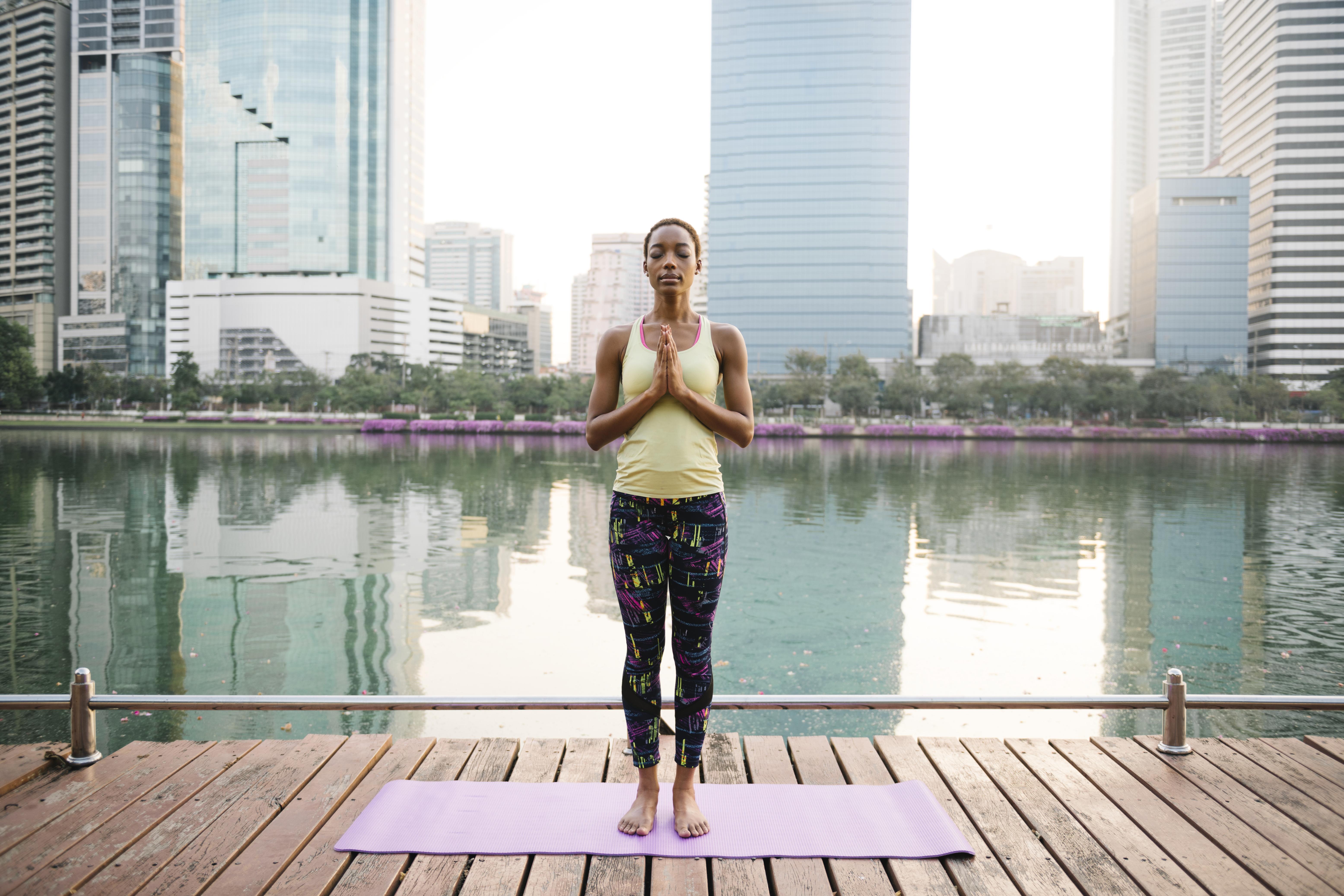
Mindfulness and meditation are powerful practices that can help manage stress and tension in the shoulders and neck. By focusing on the present moment and cultivating awareness, these practices can reduce anxiety and promote relaxation. Start by setting aside a few minutes each day for meditation, finding a quiet space where you can sit comfortably. Close your eyes and focus on your breath, observing each inhale and exhale without judgment. If your mind wanders, gently bring your attention back to your breath. Over time, mindfulness and meditation can help you develop a greater sense of control over stress, leading to lasting comfort and well-being.
Embrace a Stress-Free Life
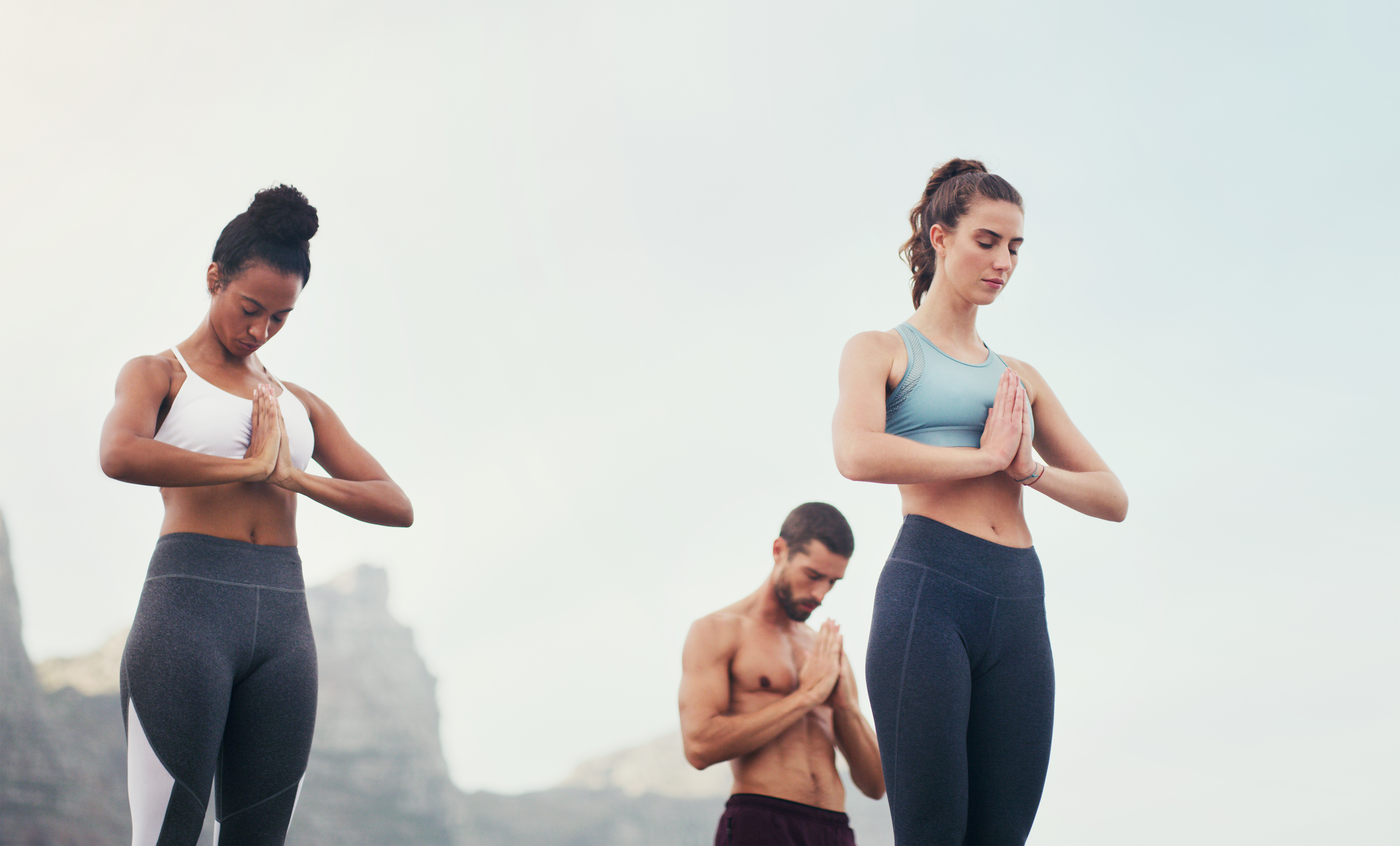
Incorporating these 10 effortless moves into your daily routine can transform the way you handle stress, providing lasting comfort for your shoulders and neck. From deep breathing and gentle stretches to mindfulness and proper posture, each technique offers unique benefits that contribute to overall well-being. By understanding the connection between stress and physical tension, you can take proactive steps to prevent discomfort and enhance your quality of life. Embrace these practices with consistency and patience, and you'll find yourself on a path to a stress-free life, where tension no longer holds you back.